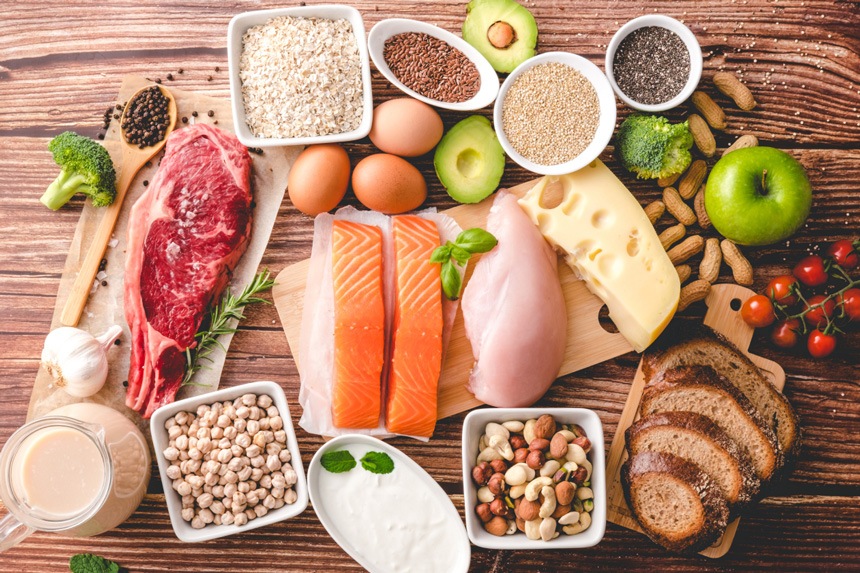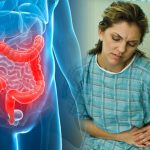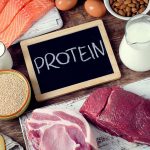What Are These Alkaline Foods?

We know from basic chemistry that an element can be acidic, basic or neutral. So foods high in acidic elements like phosphate and sulfur leave acidic residue on digestion. Some proteins belong to this category too. On the other hand, foods rich in calcium, magnesium and potassium are alkaline.
Classifying food on this basis leaves us with three categories of foods.
Acidic: meat, dairy, fish, eggs, grains and alcohol
Neutral: starches, sugars and natural fats
Alkaline: fruits, vegetables, nuts and legumes
The summary of the alkaline diet is that we should:
- Avoid acid-forming foods
- Consume more alkaline-forming foods
- Limit neutral foods.
What’s the Body’s PH?

The first weakness of the alkaline diet theory is that it ignores that the acidity of the body varies by region. And any alteration could portend danger because the pH of each region must be maintained for physiological reasons. [1]
Keep in mind that stomach acid is necessary for digestion and the killing of bacteria. Therefore, altering this balance does the body no good.
Also, don’t forget that the blood is naturally alkaline with a pH of 7.35 to 7.45. This is also the ideal pH for oxygenation of blood. Anything above 7.8 is also fatal – cognitive impairment is one of those consequences. [2]
The role of the kidney and lungs in regulating the body’s pH further punctures the alkaline-ash diet notion. Cellular respiration produces carbon dioxide, which combines with water to form carbonic acid. Note that the enzyme that catalyzes the synthesis of carbonic acid resides in the blood. This process alone raises the blood’s acidity.
Meanwhile, the kidneys also reabsorb the bicarbonate that comes from the blood’s carbonic acid. Therefore, it’s clear that, in healthy humans, the body has an excellent system for maintaining acid-base balance regardless of diet. [3]
As a matter of fact, abnormal blood pH is an indicator of a potential disease state. [4]
So proponents of the alkaline diet need to approach it with caution.





